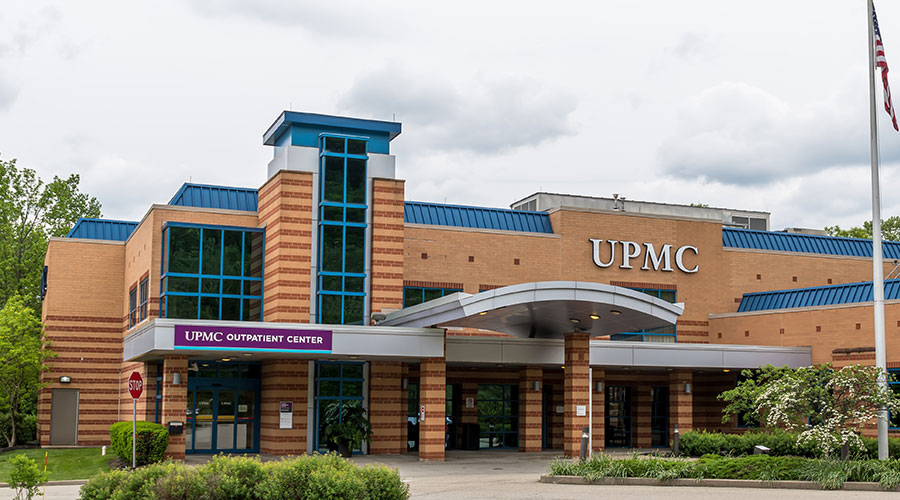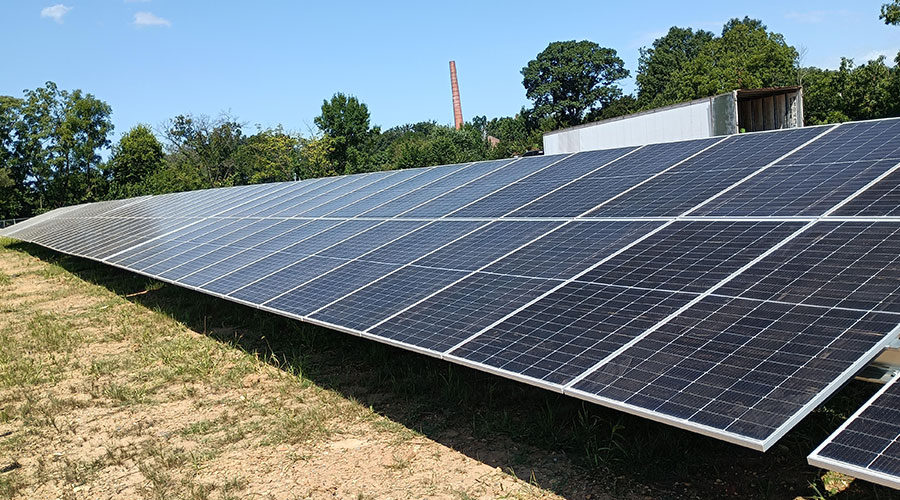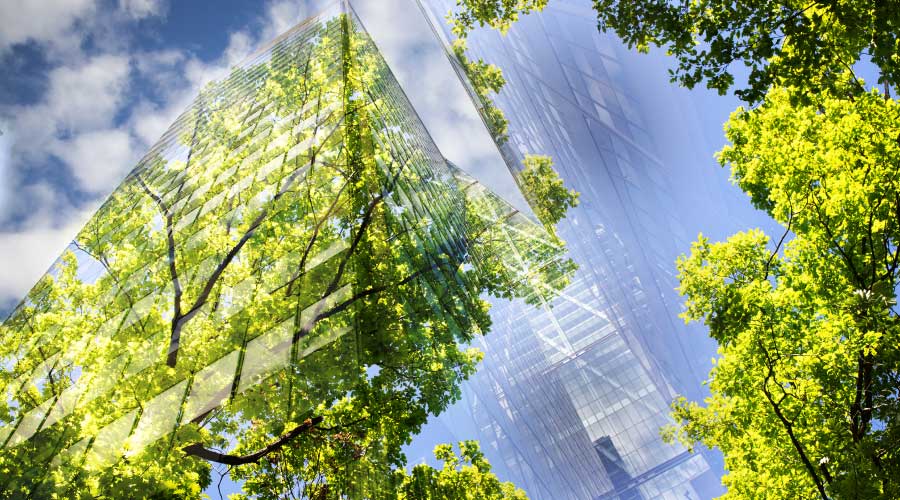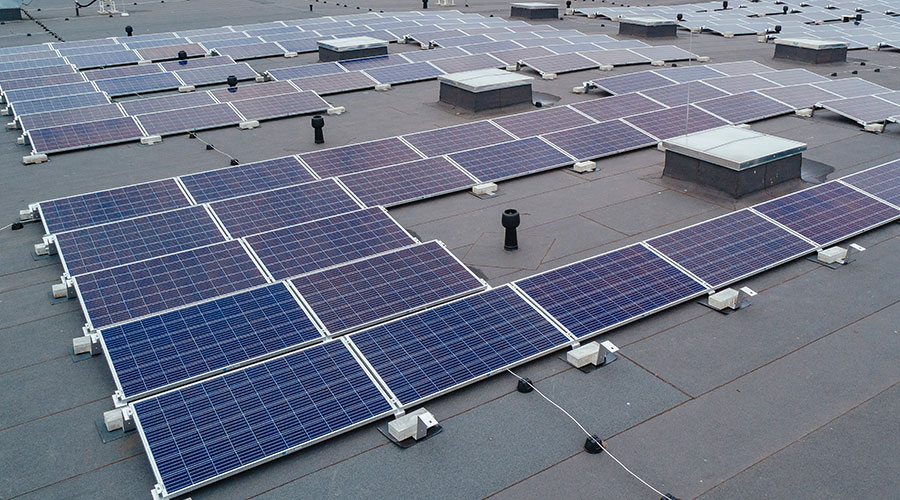Munich Reinsurance America's Sustainability Efforts Are Part Of Larger Corporate Goals
Not all of the impetus for improving energy efficiency on campus has been internal; Munich Reinsurance America's sustainability efforts are part of larger corporate goals.. The parent company, Munich Reinsurance in Germany, achieved carbon neutrality in 2009, and also decided that its global operations should be in step. With 2009 as the baseline, Munich Reinsurance America had to achieve a 10 percent reduction in carbon footprint per employee by 2015, and they couldn't just buy their way into compliance through offsets. "Anybody can be carbon neutral tomorrow, just by buying their way out," says Lupica. "But that doesn't meet the spirit of what we're trying to actually accomplish." Being in the reinsurance business and believing that global warming leads to worsening storms, Lupica says it was imperative to live what they were preaching to their clients and get their arms around controlling carbon emissions.
Luckily, the ball was already rolling at the American headquarters. "We met the requirements of the carbon goals in the first year," says Walinski. "But we have several more years of the plan moving forward." They're on target to reduce their carbon emissions by 75 percent from 2007 to 2015, he says.
In fact, the numbers across the board are all moving in the right direction, says Lupica. Recycling rates, including construction waste, are up to 71 percent on campus. Water use is down 30 percent over a five-year average with the introduction of waterless urinals, low-flow toilets, improved tower water management and better irrigation controls, and electrical consumption is down 61 percent over the 10-year average.
One of the next steps in efficiency is to bring natural gas to the campus. Due to the constraints of working with existing buildings, it will mostly be used selectively for pre-heat and supplemental heat.
Even in a company as deeply invested in the tenets of energy efficiency as Munich Reinsurance America, which was recognized for facilities management achievement by Building Operating Management's 2012 FMXcellence award, the success of projects still depends on having a champion to bring them to light and see them through.
"Without Paul to push (the projects) through upper management, they're not going to occur," Walinski says. "You still need executive buy in. To have an executive sponsor is a huge help. All you need is one person who sees where the benefit is. I have a company that believes in it and I report to a person who is willing to go to bat for it. All I have to do is find a way to save the energy."
Walinski's next big target is achieving Energy Star and LEED certifications across the campus, as well as bringing down carbon dioxide emissions by a total of 75 percent, to where the parent company is. "That would be a very significant achievement for us, to come from as inefficient as we were, to reach a point where our parent company can look across the pond and say, 'Wow!'"
Related Topics:














